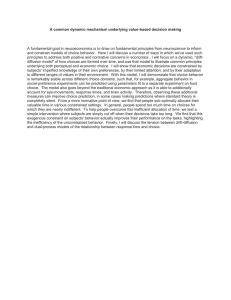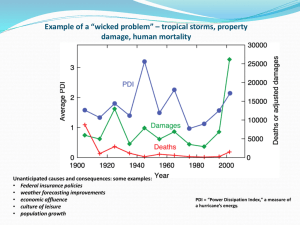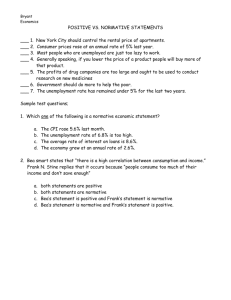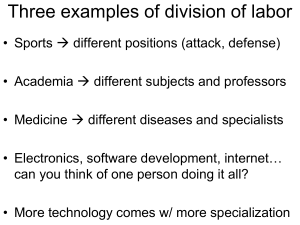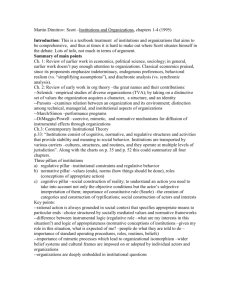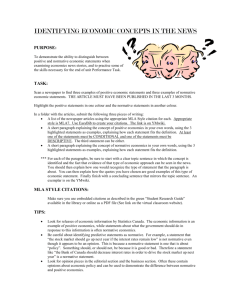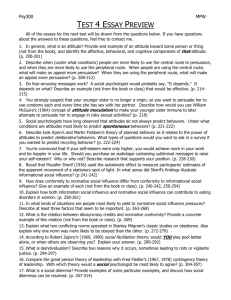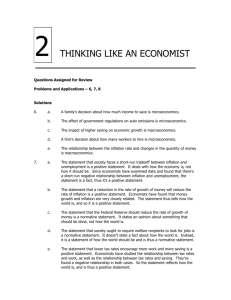Computer Graphics & Animation
advertisement
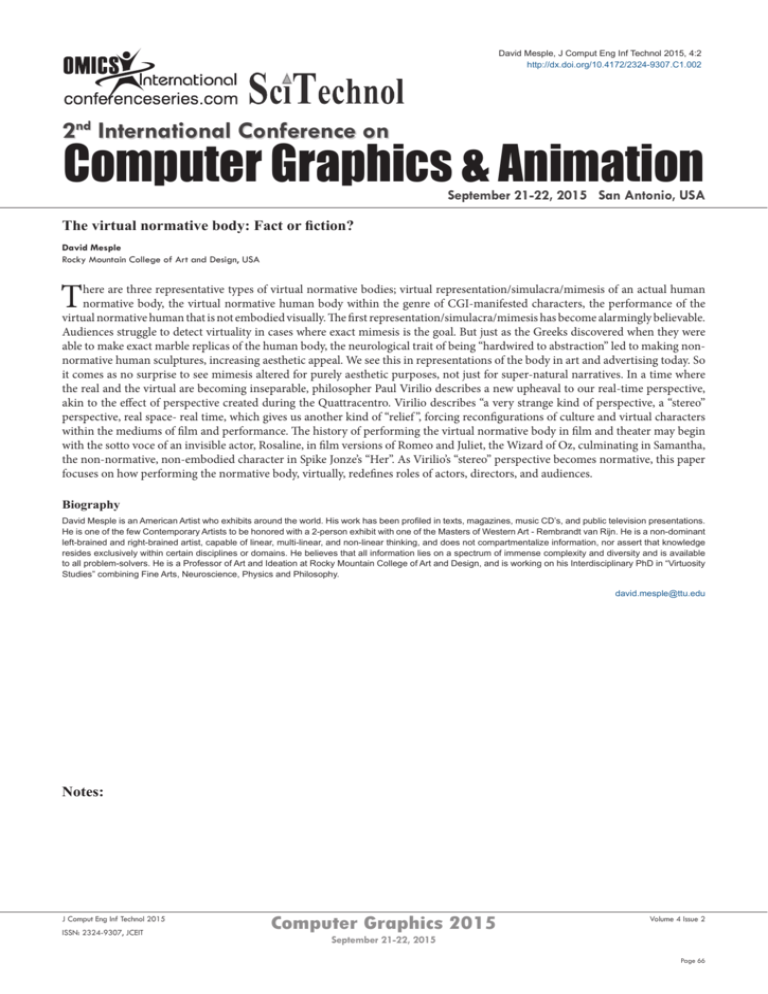
David Mesple, J Comput Eng Inf Technol 2015, 4:2 http://dx.doi.org/10.4172/2324-9307.C1.002 2nd International Conference on Computer Graphics & Animation September 21-22, 2015 San Antonio, USA The virtual normative body: Fact or fiction? David Mesple Rocky Mountain College of Art and Design, USA T here are three representative types of virtual normative bodies; virtual representation/simulacra/mimesis of an actual human normative body, the virtual normative human body within the genre of CGI-manifested characters, the performance of the virtual normative human that is not embodied visually. The first representation/simulacra/mimesis has become alarmingly believable. Audiences struggle to detect virtuality in cases where exact mimesis is the goal. But just as the Greeks discovered when they were able to make exact marble replicas of the human body, the neurological trait of being “hardwired to abstraction” led to making nonnormative human sculptures, increasing aesthetic appeal. We see this in representations of the body in art and advertising today. So it comes as no surprise to see mimesis altered for purely aesthetic purposes, not just for super-natural narratives. In a time where the real and the virtual are becoming inseparable, philosopher Paul Virilio describes a new upheaval to our real-time perspective, akin to the effect of perspective created during the Quattracentro. Virilio describes “a very strange kind of perspective, a “stereo” perspective, real space- real time, which gives us another kind of “relief ”, forcing reconfigurations of culture and virtual characters within the mediums of film and performance. The history of performing the virtual normative body in film and theater may begin with the sotto voce of an invisible actor, Rosaline, in film versions of Romeo and Juliet, the Wizard of Oz, culminating in Samantha, the non-normative, non-embodied character in Spike Jonze’s “Her”. As Virilio’s “stereo” perspective becomes normative, this paper focuses on how performing the normative body, virtually, redefines roles of actors, directors, and audiences. Biography David Mesple is an American Artist who exhibits around the world. His work has been profiled in texts, magazines, music CD’s, and public television presentations. He is one of the few Contemporary Artists to be honored with a 2-person exhibit with one of the Masters of Western Art - Rembrandt van Rijn. He is a non-dominant left-brained and right-brained artist, capable of linear, multi-linear, and non-linear thinking, and does not compartmentalize information, nor assert that knowledge resides exclusively within certain disciplines or domains. He believes that all information lies on a spectrum of immense complexity and diversity and is available to all problem-solvers. He is a Professor of Art and Ideation at Rocky Mountain College of Art and Design, and is working on his Interdisciplinary PhD in “Virtuosity Studies” combining Fine Arts, Neuroscience, Physics and Philosophy. david.mesple@ttu.edu Notes: J Comput Eng Inf Technol 2015 ISSN: 2324-9307, JCEIT Computer Graphics 2015 Volume 4 Issue 2 September 21-22, 2015 Page 66

